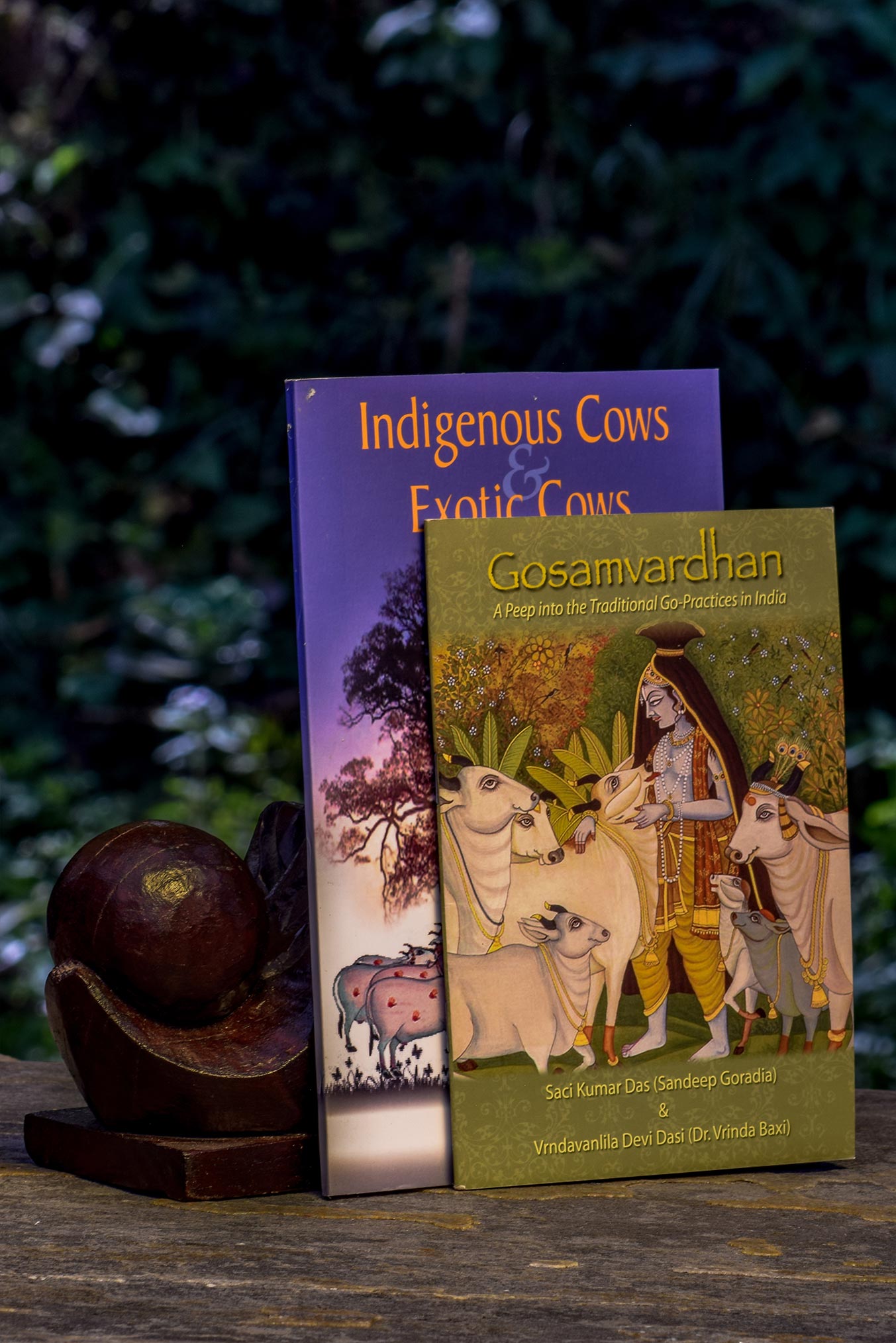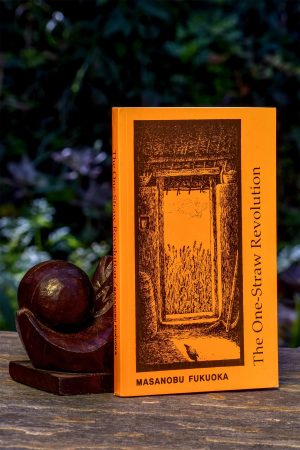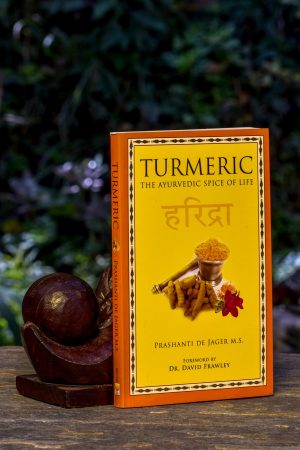Indigenous Cows & Exotic Cows
by Dr.Vrinda Baxi (Vrndavanlila devi dasi)
published by Brhad-Mrdanga Society
INDIGENOUS COWS & EXOTIC COWS: A Comparison
Various breeds of cows exist, each with their own distinct characteristics and origins. Agriculture, dairy production, and cultural significance have relied on two prominent categories: Indigenous cows and Exotic cows. This article will explore their differences and importance for the future.
INDIGENOUS COWS:
Origin and Heritage:
Indigenous cows, also known as native or desi cows, are breeds that have evolved over centuries within specific geographic regions. They are deeply rooted in the local culture and traditions, with their genetics adapted to the local climate, terrain, and dietary patterns. These cows often hold significant cultural and religious value in their respective regions.
Adaptability and Resilience:
One of the most remarkable qualities of Indigenous cows is their ability to thrive in diverse environments. They exhibit high resilience to local diseases and climate variations, making them well-suited for tropical and subtropical regions. Their hardy nature reduces the need for extensive medical interventions and inputs.
Nutritional Quality:
Indigenous cow milk is renowned for its richness and unique properties. It typically contains higher levels of A2 beta-casein protein, which is considered more easily digestible compared to the A1 beta-casein protein found in some Exotic cow breeds. Additionally, Indigenous cows’ milk contains beneficial enzymes and micronutrients that contribute to its nutritional value.
Contribution to Agroecology:
In many traditional farming systems, Indigenous cows play an integral role in sustaining agroecological balance. Their manure serves as an excellent natural fertilizer, enriching the soil with essential nutrients. Furthermore, their grazing habits help manage vegetation, preventing overgrowth and promoting biodiversity.
EXOTIC COWS:
Imported Breeds:
People introduce exotic cows to new regions for specific purposes such as dairy or meat production, or for agricultural improvements. Exotic cows include Holstein-Friesian, Jersey, and Brown Swiss.
High Milk Production:
Farmers introduce exotic cows to new regions because of their high milk production capacity. The Holstein-Friesian breed is particularly popular for commercial dairy farming due to its impressive milk yields.
Selective Breeding:
Exotic cow breeds often undergo selective breeding to enhance specific traits, such as milk yield, growth rate, or disease resistance. While this results in increased productivity, it may also lead to a loss of genetic diversity.
A sustainable and diverse cattle population requires the preservation of genetic diversity in both Indigenous and Exotic cows. Indigenous cows offer cultural significance, adaptability, and nutritional richness, while Exotic cows excel in selective breeding advancements and high milk yields. Meeting the needs of a growing global population and ensuring a thriving livestock sector depends on preserving the unique contributions of both breeds.
.
Please read more on this subject in our reference page on the Indigenous Cow











